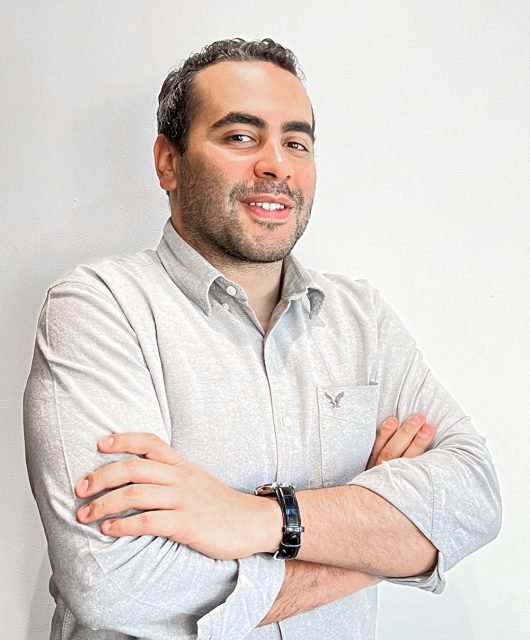Innovation In A Recession? Be A Buzzard.
In a downturn most innovators are challenged to answer the question, “How can we innovate better with less?”
Searching for ways to make your innovation efforts faster, lower cap-ex and lower risk?

Be a buzzard.
This unlikely inspiration is a scavenger bird. Meaning they dine on existing “food” overlooked by others. This allows them to overcome fluctuations of resources in their environment.
Simply put: use what exists and is overlooked.
The most successful innovators have shown that existing assets aren’t burdens at all—they’re blessings that enable faster, less-expensive, less risky innovation.
8 Ways to be a Buzzard
Here are a few spaces to hunt for overlooked assets that might help you innovate better with less.
Discovering your unrecognized, under-leveraged or undervalued assets doesn’t have to be a chore. By starting your hunt in these 8 spaces, you’re guaranteed to uncover valuable assets that will supercharge your next big idea to market faster – with less investment.
1.Overlooked Challenges: Rather than spend months discovering, debating and convincing your colleagues of emerging white spaces – start with undeniable, well-known (likely core business) problem spaces yet to be solved. Start by asking colleagues, “What’s an undeniable problem we’ve never fully solved?”
2. Overlooked Concepts, Prototypes & Experiments: Those projects you and your team “parked” months or years ago may now have relevance, value and urgency for your consumers and customers. While your organization may have a formal system for documentation, many do not and instead rely on informal institutional memory.
3. Untapped Brand Equity: Where does your existing brand have a right to stretch in solving newly relevant needs?
4. Overlooked Team Talents and Time: New times demand new talents. The reality many of those talents may already exist within your team and organization, they’ve simply been dormant and de-prioritized. Use untapped talent and new found employee time to create and build new solutions to new consumer needs. (Excellent suggestion from Nick Skillicorn)
5. Palpable and Articulated Consumer Needs: Innovation rarely has the luxury to spend big budgets to educate consumers on a nascent, unarticulated need – even less so in a downturn. By solving for palpable consumer needs, with a bias toward towards the functional and rational, which consumers will likely prioritize – you’ll avoid the costly and unaffordable step of “consumer education”.
6. Overlooked Customer Relationships and Partnerships: Search for new ways to generate mutual value. Just like you, your existing partners likely have untapped capabilities and new needs. Start with a simple listening tour.
7. Overlooked Manufacturing Capabilities & Technologies: Rather than advocate for solutions that require big investment, prioritize those that can be enabled by your existing manufacturing. & technical capabilities. Start by familiarizing with that asset base and their untapped potential.
8. Overlooked Experiment Channels: Even in booming economic times, innovation teams struggle to gain access to channels to experiment with their newest prototypes and solutions. Customer reps may be wary of tarnishing or cluttering an existing customer relationship. You may find those reps now have a higher appetite to partner and provide new value for their customers or open a new revenue stream.
With a fresh cache of assets, look back and review your old concepts to see if once-infeasible or risky ideas become doable. Or, look forward and pair your assets with new consumer insights to lead a fresh round of ideation. Either way, you’re on the path to fast, low cap-ex, low-risk innovation.





